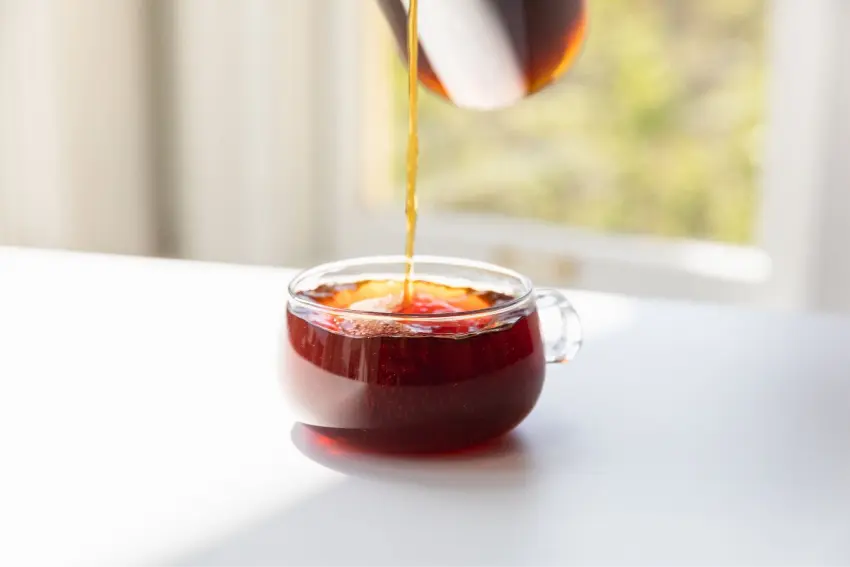FREE SHIPPING IN ITALY FROM €49
From Straightforward to Geeky, 6 Ways to Make Coffee at Home

These days, with so many different ways to make coffee at home, you can feel overwhelmed even before you begin. We’re here to make it simpler for you. From our mainstay, the pour over, to the esoteric siphon pot, we’ll break down the different ways to make coffee, highlighting the qualities in each finished cup and the technical chops each method requires. By identifying the kind of coffee that you’re after and how much work you’re willing to do, you’ll be able to navigate your way to your preferred brew method.
All you need to make coffee is ground coffee, water, and a filter. But to understand the differences among coffee brewing methods, from start to finish, we’ll look at the following variables: the texture or mouthfeel of the finished drink (or “why we like it”); the filter material, brewing process, and tips for grind size (or “how it works”); and the ideal mind-set and prior experience of the home brewer (or “who’s it for”).
All you need to make coffee is ground coffee, water, and a filter. But to understand the differences among coffee brewing methods, from start to finish, we’ll look at the following variables: the texture or mouthfeel of the finished drink (or “why we like it”); the filter material, brewing process, and tips for grind size (or “how it works”); and the ideal mind-set and prior experience of the home brewer (or “who’s it for”).
A paper filter that fits into some sort of dripper is all you need for pour over coffee. The paper filter results in a clarified mouthfeel as it holds back oils and undissolved coffee particles from the final cup.
While there are countless drippers on the market, we’re partial to our version, the Blue Bottle dripper. Engineered to take the guesswork out of brewing pour over coffee, its conical shape cuts a similar profile to other ceramic drippers, but its very design—a flat bed with 40 interior ridges—promotes more even extraction, bringing out the best flavors of the coffee.
If the pour over brew method appeals, but you’re eager to brew more than one cup at a time, the classic Chemex carafe can brew up to 8 cups of coffee at time.
For single-cup drippers, a medium grind size about the coarseness of sea salt is optimal. The extraction time—the span of time from the first pour to the last—should take fewer than 3 minutes to achieve the most balanced flavors. For Chemex, the grind size will depend on the amount of coffee you use; if making more than a couple of servings, you’ll want the grind size to be slightly coarser than for a single-cup dripper, otherwise, the water will overextract the coffee, resulting in bitterness.